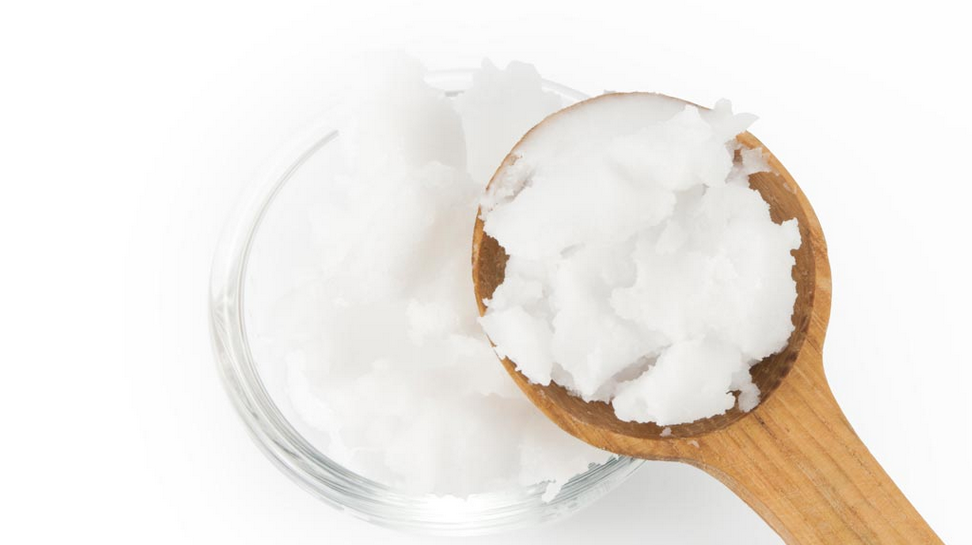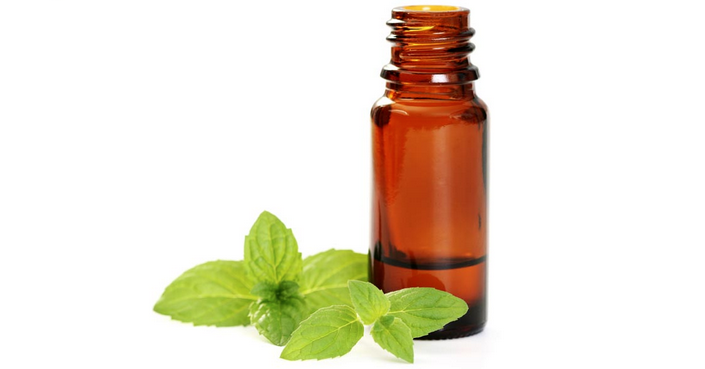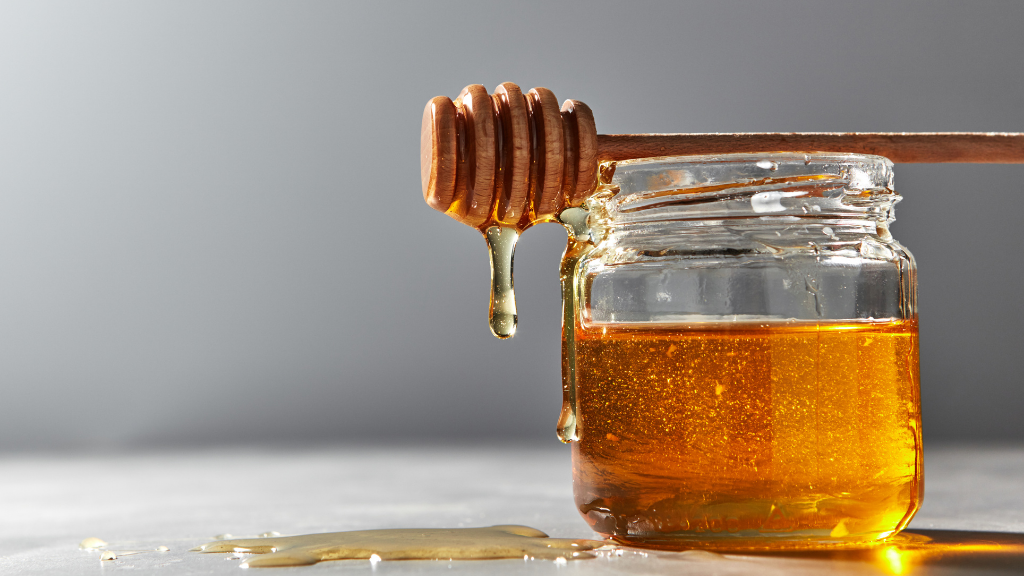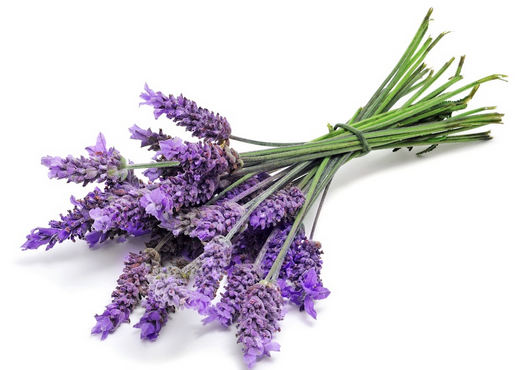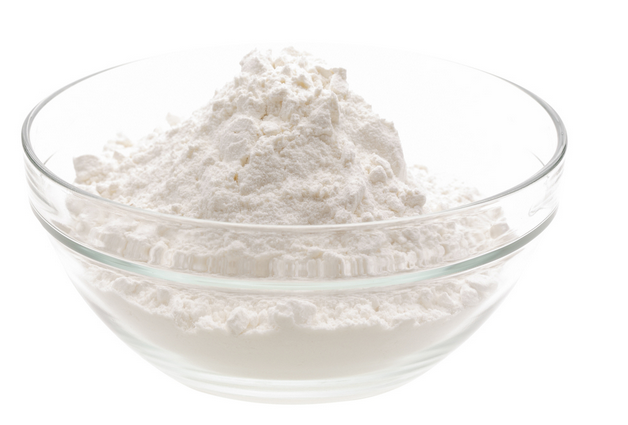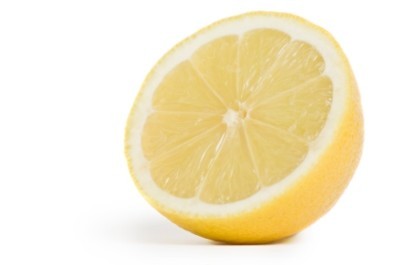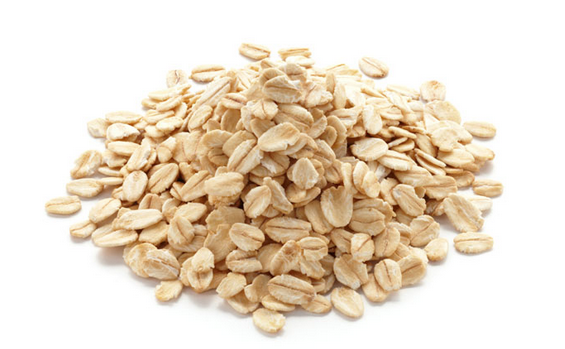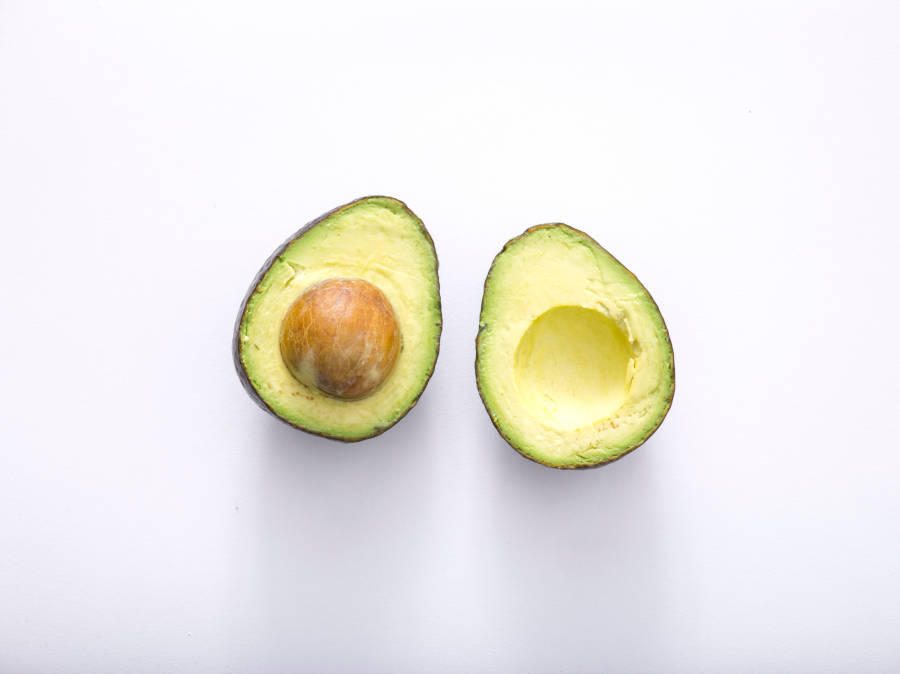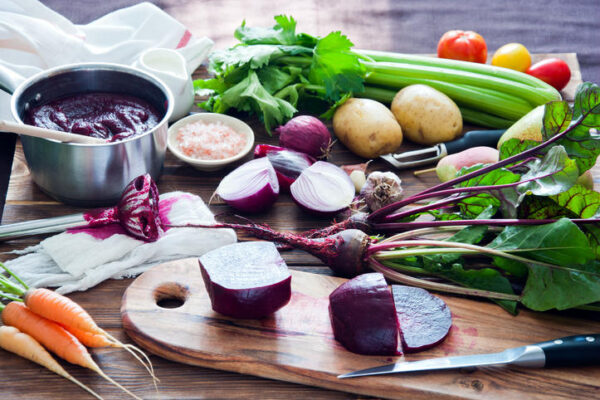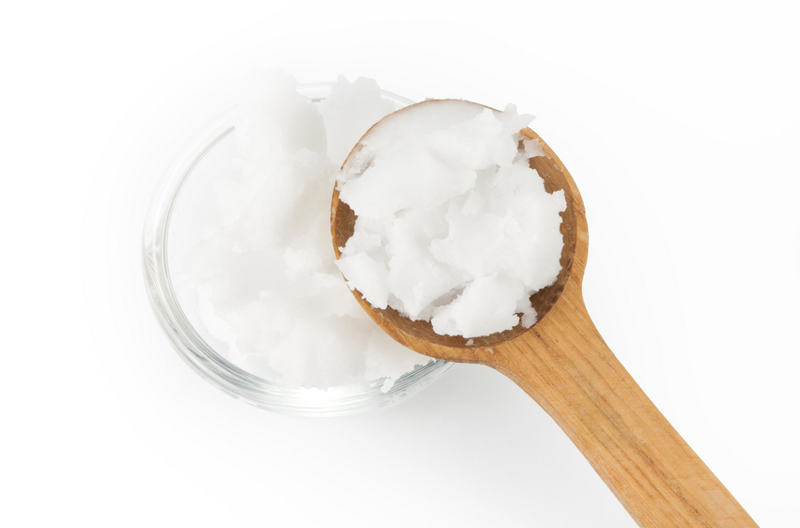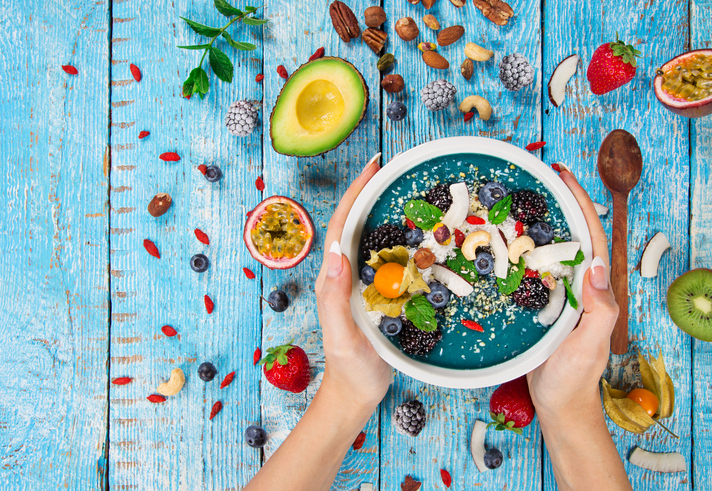Kitchen Hacks: Non-Culinary Uses for Your Favourite Ingredients
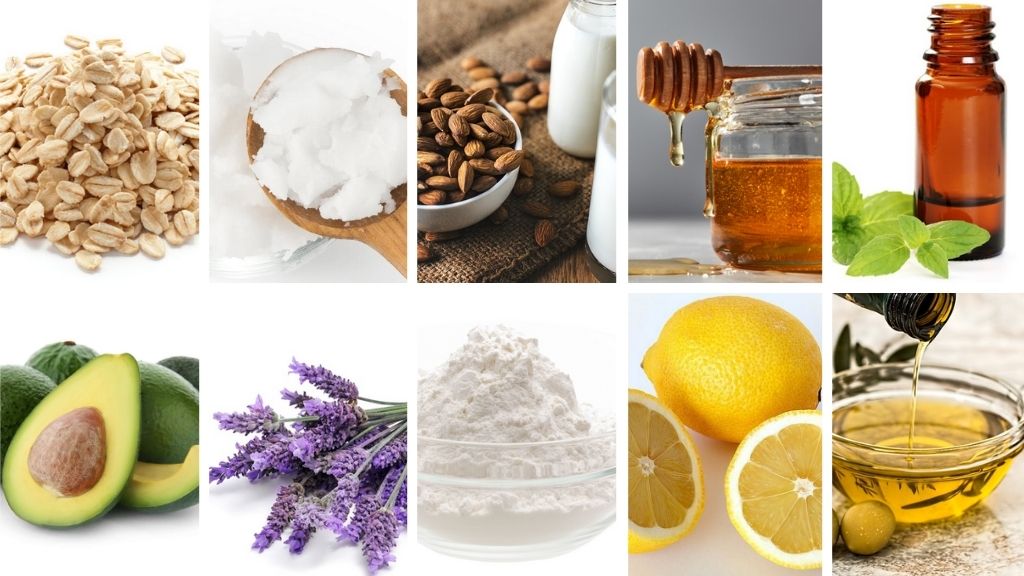
People are all about hacking these days: life hacking, cooking hacking, fitness hacking, work hacking and more – all in an attempt to make things more convenient, quick, easy and efficient.
That’s why we’ve decided to share some of our favourite kitchen hacks that will help you maximize the ingredients you have on hand. There are a ton of ingredients loitering in your kitchen right now that you can re-purpose for things other than cooking. Here are a few of our favourites that we repurpose in new ways regularly.
Non-Culinary Uses for 13 kitchen Ingredients
Coconut Oil
Culinary Uses
Cooking (especially higher heat cooking), baking, smoothies and elixirs, desserts, as a spread for toast.
Kitchen Hack/Non-Culinary Uses
Coconut oil makes a fantastic moisturizer – its saturated fats keep our skin moisturized, healthy, smooth and supple, plus its anti-microbial properties help protect our skin from infections. And if you’re getting frisky in the bedroom, coconut oil is an ideal lubricant, so you can skip the ones with toxic chemicals (though it’s not latex safe!).
Peppermint Oil
Culinary Uses
Digestive tinctures, flavouring water, teas and sweet treats (especially chocolate!).
Kitchen Hack/Non-Culinary Uses
If you have a headache, mix a few drops of peppermint oil with olive oil, coconut oil, or any other oil you have on hand. Then rub the mixture into your temples for headache relief. Also, you can mix a few drops of peppermint oil with water in a spray bottle and use it as an anti-bacterial all-purpose cleaner.
Raw Honey
Culinary Uses
A natural sweetener for a wide range of sweet and savory dishes, beverages and desserts.
Kitchen Hack/Non-Culinary Use
Burned yourself while taking that tray of roasted veggies out of the oven? Try applying raw honey to the burn as it helps to soothe the injury, plus it prevents infection, reduces inflammation and speeds up the healing process.
Lavender
Culinary Uses
Use in teas, infused sugars, salads, or as a substitute for rosemary. Learn more about cooking with edible flowers here.
Kitchen Hack/Non-Culinary Use
If you’re having trouble sleeping, lavender can help you relax and send you off to dreamland. Place a small pouch of dried leaves on your pillow so you can inhale it easily, or if you have lavender oil, add a few drops directly onto your pillowcase. You’ll be snoozing in no time!
Baking Soda
Culinary Use
As a leavening agent in baked goodies.
Kitchen Hack/Non-Culinary Uses
Baking soda can be used in homemade toothpaste, deodorant and cleaning products, plus it can be mixed with water and used as a shampoo.
Lemon
Culinary Use
To add flavour and acidity to basically any meal.
Kitchen Hack/Non-Culinary Uses
Can’t get rid of that garlic smell after chopping up a few cloves? Rub the inside of half a lemon on your hands and you’ll be lemon-y fresh. Lemon can also be used in homemade cleaning products, as an exfoliant and to vanquish dark under eye circles.
Oats
Culinary Uses
Breakfast porridge, oat milk, baking, as a binding agent in savory dishes like burgers and veggie loaves, grind into a flour.
Kitchen Hack/Non-Culinary Use
Grind up your oats, mix them with coconut sugar and a bit of water and use the mixture as a face and body scrub.

Avocado
Culinary Uses
Guacamole, mashed on toast, smoothies and smoothie bowls, as a topping on salads, scrambles, burgers and tacos, chocolate mousse, icing, and baked goods.
Kitchen Hack/Non-Culinary Use
Blend your avocado with raw cacao powder for an ultra-moisturizing, antioxidant-rich face mask. Check out this recipe for inspiration.
Coconut Sugar
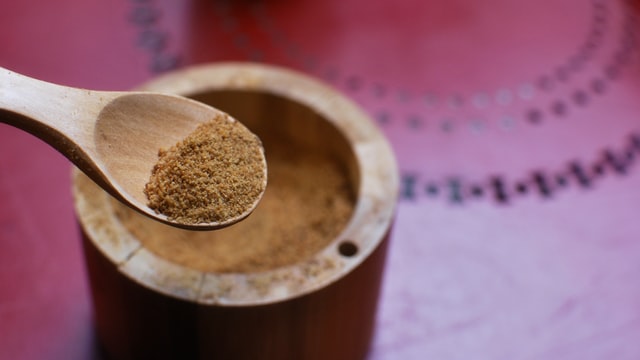
Image: Pea on Unsplash
Culinary Uses
Gluten-free baking, desserts and sweet treats, marinades and sauces, and to balance flavours.
Kitchen Hack/Non-Culinary Use
This makes an excellent sugar body scrub! Mix coconut sugar, coconut oil and a few drops of essential oils for a delicious-smelling and nourishing body scrub. You can also add oats to the mix!
Chamomile
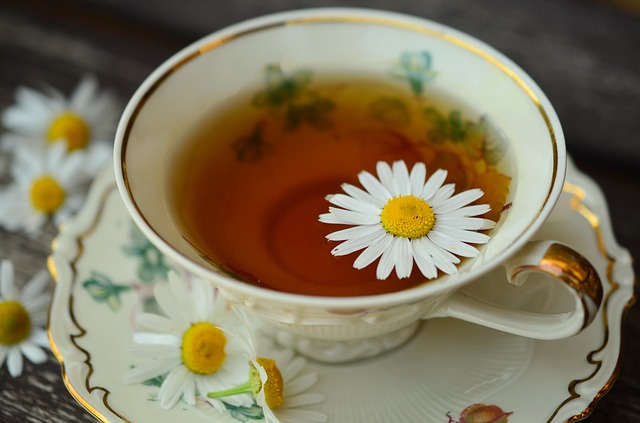
Culinary Use
Hot tea or iced tea (though did you know you can also use teas in a wide variety of cooking and baking recipes?).
Kitchen Hack/Non-Culinary Use
Infuse chamomile into an oil and then use it to make a skin-soothing salve.
Salt
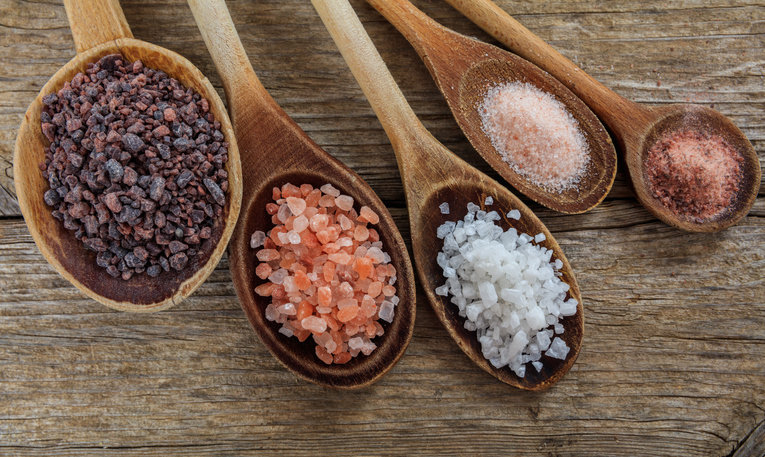
Culinary Uses
Seasoning food, and helps with fermentation and other food preservation methods. Find a complete guide to all the different types of salt right here.
Kitchen Hack/Non-Culinary Uses
Create a natural mouthwash with sea salt and baking soda, which helps to reduce inflammation and bacteria. Add salt to your toothbrush to exfoliate your lips, pour some into a hot bath, or use it to tackle stains. You can sprinkle some salt into smelly shoes to help deodorize them too. There are actually a TON of non-culinary ways to use salt you can experiment with.
Olive Oil
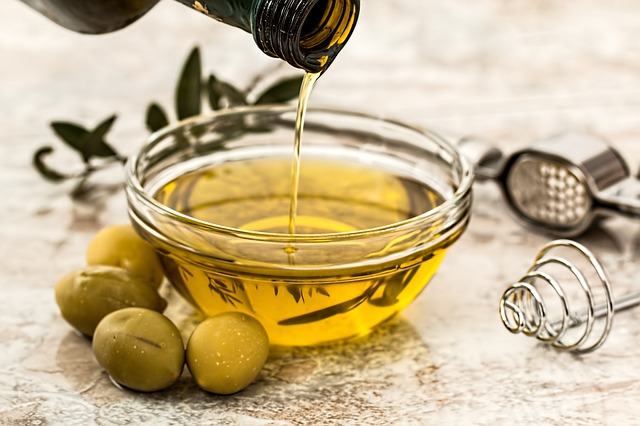
Culinary Uses
Salad dressings, marinades, sauces, and for medium-heat cooking (learn which oils to cook with and ones you never should use on high heat here).
Kitchen Hack/Non Culinary Uses
Like reusing glass jars from store-bought products? Remove sticky label residue by soaking the jar in water for a few hours, then peel or scrub off the label. For any remaining bits, swipe with olive oil for a few minutes before washing. Use it as a wood polish, or to moisturize your cutting boards. It’s also great for beauty care – infuse olive oil for a salve or massage oil.
Almond Pulp
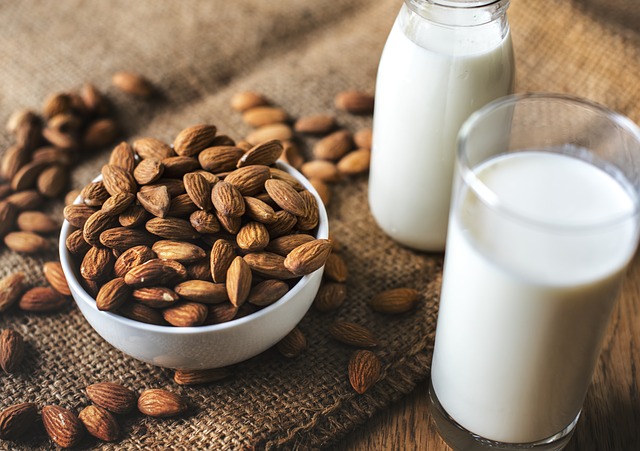
Culinary Uses
The leftover fibre from making your own almond milk is great for crackers, smoothies, dairy-free cheese and energy bites (more ways to use almond pulp here).
Kitchen Hack/Non-Culinary Use
Almond pulp makes a gentle facial scrub when combined with coconut sugar and honey.
What are your favourite kitchen hacks and non-culinary uses for common kitchen ingredients? Please share in the comments!
Free Resource Library
Enjoy more than 40 downloadable guides, recipes, and resources.















